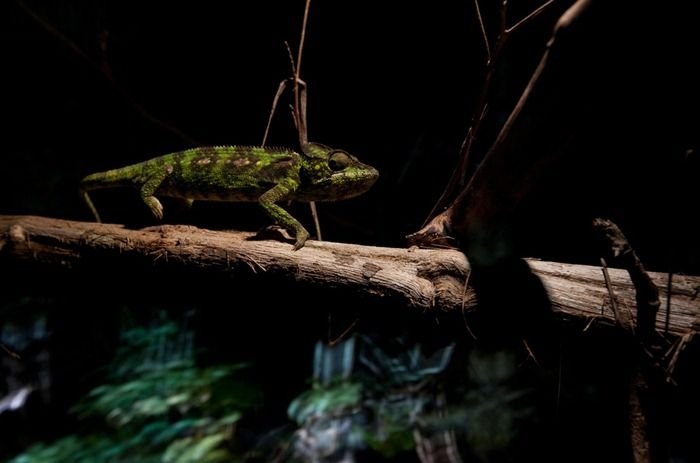|
|
Tsingy De Bemaraha, Melaky Region, Madagascar
|
Anjajavy Forest is an element of the Madagascar dry deciduous forests situated on the Indian Ocean of northwest Madagascar. The Anjajavy Forest surrounds the village of Anjajavy and provides a habitat for many rare and endangered species. It covers roughly fifty square kilometres, and occupies a continuous portion of the peninsula upon which Anjajavy village lies. The peninsula is bounded by Majajamba Bay to the south and Narinda Bay to the north. Anjajavy Forest has much in common with other dry deciduous forests rising out of the tsingy limestone formations of western Madagascar. It is due to the presence of expansive tsingy outcrops as well as the remoteness of this part of Madagascar from the population center of the country at Antananarivo that the forest here has been less disturbed than many other forests in the country. For example, the central highland plateau, readily accessible from the population center, has been decimated by decades of slash-and-burn farming by indigenous peoples, leading to massive desertification and erosion. The incidence of species endemism in the western dry forests is very high, including ten of the fourteen known lemur genera, five of the eight tenrec genera and 16 of the 17 Chiroptera genera of Madagascar represented. There are a variety of mammals, birds, reptiles and arthropods present within the Anjajavy Forest.
Like most of Madagascar's dry deciduous forests, the upper canopy is composed of trees which shed their leaves in the winter months (June through September), including at least two species of baobabs endemic to the western part of the island. Trees here have adapted to the warm arid climate by shedding leaves in the dry season to reduce evapotranspiration, and some species such as the baobab store large amounts of water in their bulbous trunks.
There is a very high rate of species endemicity in all the western dry deciduous forests of Madagascar, for both flora and fauna; this rate is thought to be higher than for the eastern rainforests, although the biodiversity, while extremely high, is slightly less than the eastern counterparts. Geologically the tsingy formations have numerous subterranean caverns (used by early tribesmen) and karst formations, which provide underground water storage.
|
|









